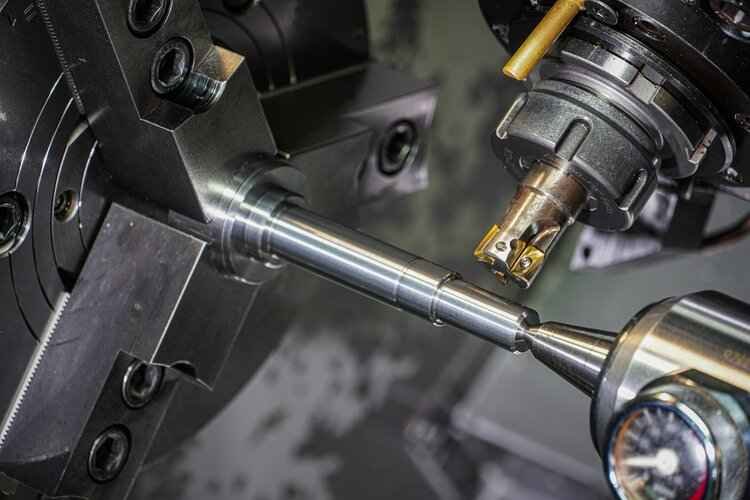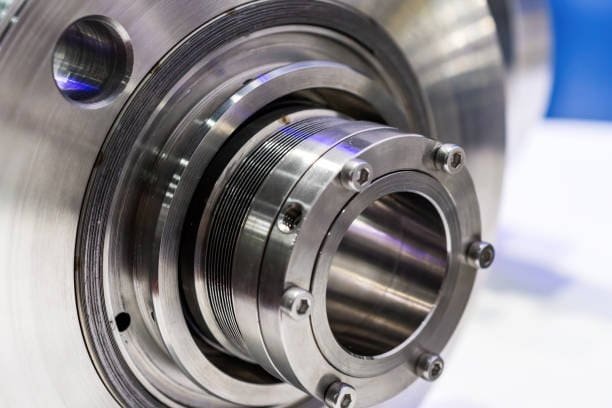Oil Seal
Description of Oil Seal
One of the most frequently used types of seal is the oil seal also know as Rotary Shaft Seal. This is generally used for sealing lubricating oil or grease in rotary shaft applications. For trouble-free operation and optimum service life of a seal, shafts must have a satisfactory surface finish, within recommended limits and have no machine lay. Both correct design and material choice are critical if bearings and gears are to be sealed to prevent leakage.
Function and Working Principle of Oil Seal
The area between the sealing edge and the shaft is the most important. The sealing effect is obtained by preloading the sealing lip, making its inner diameter slightly smaller than the diameter of the shaft. The garter spring ensures constant mechanical pressure and maintains the radial force on the shaft and extends the sealing edge to the defined width. Sealing is guaranteed by the surface tension of the hydrodynamic oil film between the flattened area of the seal and the shaft. The meniscus acts as an interface between the outside air and the fluid. Any rupture of the meniscus will cause a leak. This can occur if the shaft contains scratches along the path of the joint.
This video from the SKF group explains the working principle and functionality of shaft seal, oil seal, or radial shaft seal.
Advantages of Oil Seal
Oil seals are cost-effective sealing solutions.
Prevent the entry of foreign contaminants.
Maintain lubricity of the system.
Oil seals are easily available in the aftermarket.
A wide dimensional range of oil seals helps for various industrial applications.
Oil seals are available in standard and non-standard materials.
Oil seals are easy to install.
Oil seals have good reliability and sealing performance for standard applications.
Applications of Oil Seal
Usually, oil seals are used to seal lubricating oil or grease, so that moving parts are continuously supplied with enough lubrication. However, such seals are also used for sealing other liquids, gases, and solids, such as powders or granules. Some examples of oil seal applications include:
Electric motors
Gearboxes
Hydraulic Press / Machines
Paper rolls
Industrial pumps and fans
Customized equipment
Conveyors
Elevators
Engines
Grinding Mills
Pipelines
Wind Turbines
Oil Seal Application Industries
-

Automotive Industry
-

Steel and Heavy Engineering
-

Pumps, Motors and Gearboxes
-

Machine Tools Industry
Product Features of Oil Seal
Standard sealing application
Pressure up to 0.5 Bar
Shaft speed up to 10 m/s
Oil seal materials NBR / FKM / HNBR / EPDM / Silicone or VMQ
Temperature range -40°C to 220°C
Cost-effective solution





